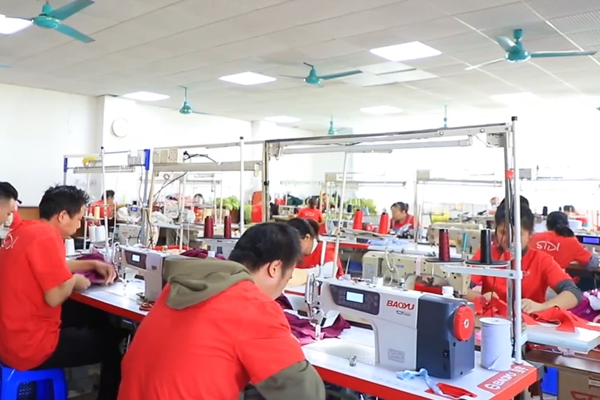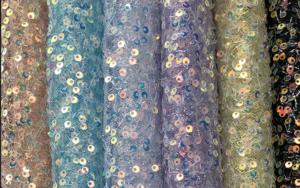Starting a clothing business is a dream for many people who are passionate about fashion and style. However, starting a successful clothing business requires more than just a love of clothes. It requires planning, research, and hard work. Here’s a step-by-step guide to help you get started.
1.Develop a Business Plan

A clothing business plan is a critical tool that outlines your goals, strategies, and financial projections. It will help you organize your ideas and make informed decisions about your clothing business. A garment business plan typically includes the following sections:
- Executive summary: This section provides an overview of your apparel business, including your vision, mission, and goals.
- Market analysis: This section outlines your target audience, competitors, and what types of clothing are in demand.
- Marketing strategy: This section explains how you plan to promote your clothing business and attract customers.
- Operations plan: This section outlines how you will manage day-to-day operations, including production, inventory management, and customer service.
- Financial projections: This section includes income statements, balance sheets, and cash flow projections.
2.Determine Your Niche

When starting a clothing business, choosing your niche is an important decision. You need to decide on the type of clothing you want to specialize in, such as casual wear, formal wear, sportswear, ethnic wear, or women’s clothing, men’s clothing and children’s clothing.
Having a specific focus will help you stand out in the marketplace and appeal to your target audience. It is also crucial to consider the style and quality of your clothing.
3.Research the Market

Before you start your clothing business, it is essential to research the market thoroughly. This will help you identify your target audience, competitors, and what types of clothing are in demand. Some key areas to research include:
- Demographics: Who are your target customers? What are their age, gender, and income level?
- Competition: Who are your main competitors? What are their strengths and weaknesses?
- Trends: What are the latest fashion trends? How can you incorporate these trends into your designs?
- Pricing: What is the average price range for clothing in your niche? How can you price your clothing to be competitive in the market?
4.Choose A Reliable Clothing Manufacturer

Start by doing research to find clothing manufacturers that can meet your needs. You can use online directories such as Alibaba, ThomasNet, or Makers Row to find clothing manufacturers. You can also attend trade shows and industry events to network with clothing manufacturers and clothing suppliers.
5.Choose Your Business Structure
There are several types of business structures you can choose from when starting a clothing business. The most common options include:
- Sole proprietorship: This is the simplest form of business ownership, where one person owns and operates the business.
- Partnership: A partnership is similar to a sole proprietorship but involves two or more people who share ownership and responsibilities.
- Limited Liability Company (LLC): An LLC is a legal structure that provides personal liability protection for the owners while allowing them to report business income on their personal tax returns.
- Corporation: A corporation is a separate legal entity from its owners, providing them with personal liability protection.
6.Register Your Business
Once you have chosen your business structure, you need to register your business with the appropriate authorities. This may include registering with your state or local government, obtaining a tax ID number, and registering for any necessary permits and licenses.
7.Secure Funding

Starting a clothing business can be expensive, so it is crucial to determine your budget and figure out how much money you can invest in the business. There are several options for funding your clothing business, including:
- Personal savings: Use your own savings to finance your business.
- Loans: Apply for a small business loan from a bank or credit union.
- Crowdfunding: Use crowdfunding platforms like Kickstarter or Indiegogo to raise funds from the public.
- Investors: Seek out investors who are interested in supporting your clothing business.
Remember that starting a clothing business takes time, effort, and dedication. Be patient, stay focused on your goals, and make adjustments as needed to achieve success.





